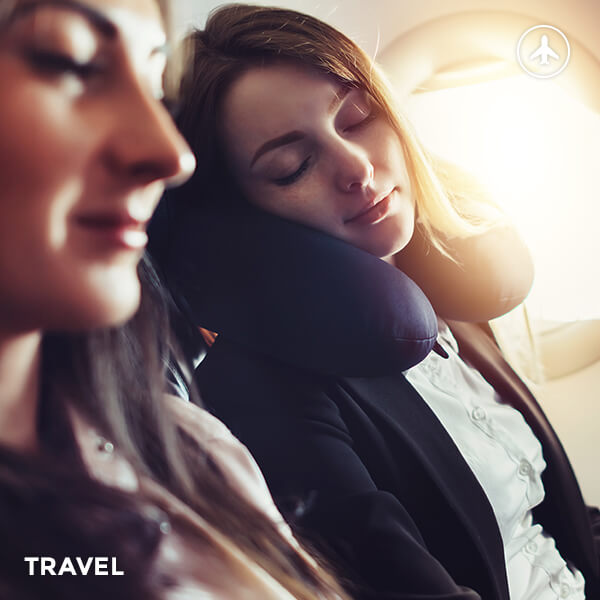Traveling by airplane can be an exciting and convenient way to explore the world. However, it can also bring about discomfort and potential damage to our ears. The changes in air pressure during takeoff and landing can cause a condition known as "airplane ear," which can lead to pain, muffled hearing, and even long-term damage if not properly addressed. Thankfully, the use of airplane ear plugs can effectively prevent such discomfort and protect our ears.
The Mechanism Behind Airplane Ear
Before delving into the benefits of airplane ear plugs, it is crucial to understand the mechanism behind airplane ear. When an airplane ascends or descends, the air pressure in the cabin changes rapidly. This change affects the pressure in the middle ear, which is the air-filled space behind the eardrum. Normally, the Eustachian tube, a narrow passage that connects the middle ear to the back of the throat, helps equalize the pressure. However, during rapid altitude changes, the Eustachian tube may not function properly, leading to a pressure imbalance and the discomfort associated with airplane ear.
Preventing Discomfort with Airplane Ear Plugs
Airplane ear plugs are specially designed to regulate the pressure in the middle ear, allowing for a smooth equalization process. These plugs come in various forms, including foam, silicone, and custom-fit options. By inserting them into the ear canal before takeoff and keeping them in place throughout the flight, the plugs create a barrier that helps maintain a balanced pressure in the middle ear.
One effective type of airplane ear plug is the pressure-regulating earplug. These plugs contain a small filter that regulates the airflow, allowing for gradual pressure changes. This innovative design ensures a gentle equalization process, reducing the risk of discomfort and potential damage to the ears.
Protecting Against Long-Term Damage
While the immediate discomfort of airplane ear can be bothersome, the long-term consequences can be even more concerning. Frequent or severe cases of airplane ear can lead to barotrauma, a condition where the pressure imbalance causes damage to the eardrum or other structures in the middle ear. This can result in hearing loss, tinnitus, or even a ruptured eardrum.
By using airplane ear plugs, individuals can significantly reduce the risk of barotrauma and protect their ears from potential long-term damage. The plugs act as a barrier, preventing sudden pressure changes and allowing for a gradual equalization process. This not only ensures a more comfortable flight experience but also safeguards the delicate structures of the ear.
Additional Tips for Ear Health during Air Travel
While airplane ear plugs are an excellent tool for preventing discomfort and damage, there are other measures individuals can take to promote ear health during air travel. Here are a few additional tips:
- Chewing gum or swallowing frequently can help activate the muscles that open the Eustachian tube, facilitating pressure equalization.
- Yawning or performing the Valsalva maneuver (gently blowing with the mouth closed and nose pinched) can also help equalize pressure.
- Avoiding alcohol and caffeine before and during the flight can help reduce the risk of dehydration, which can affect the Eustachian tube's ability to function properly.
- Staying well-hydrated by drinking plenty of water can help maintain optimal Eustachian tube function.
By combining these tips with the use of airplane ear plugs, individuals can ensure a comfortable and safe flight experience while protecting their ears from potential damage.
In conclusion, airplane ear plugs are a valuable tool for preventing discomfort and potential damage to the ears during air travel. By regulating pressure and facilitating a gradual equalization process, these plugs offer a simple yet effective solution. Remember to prioritize ear health during your next flight and enjoy the journey without worrying about the discomfort of airplane ear.
